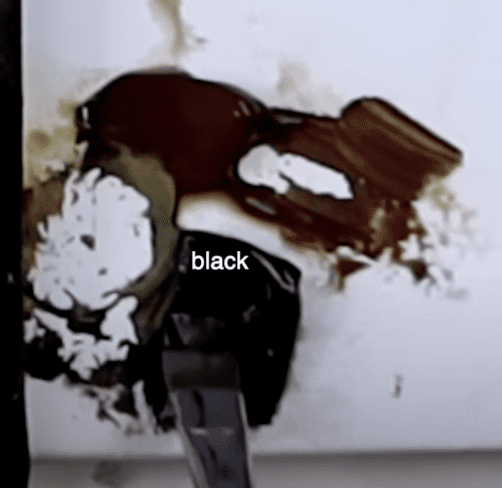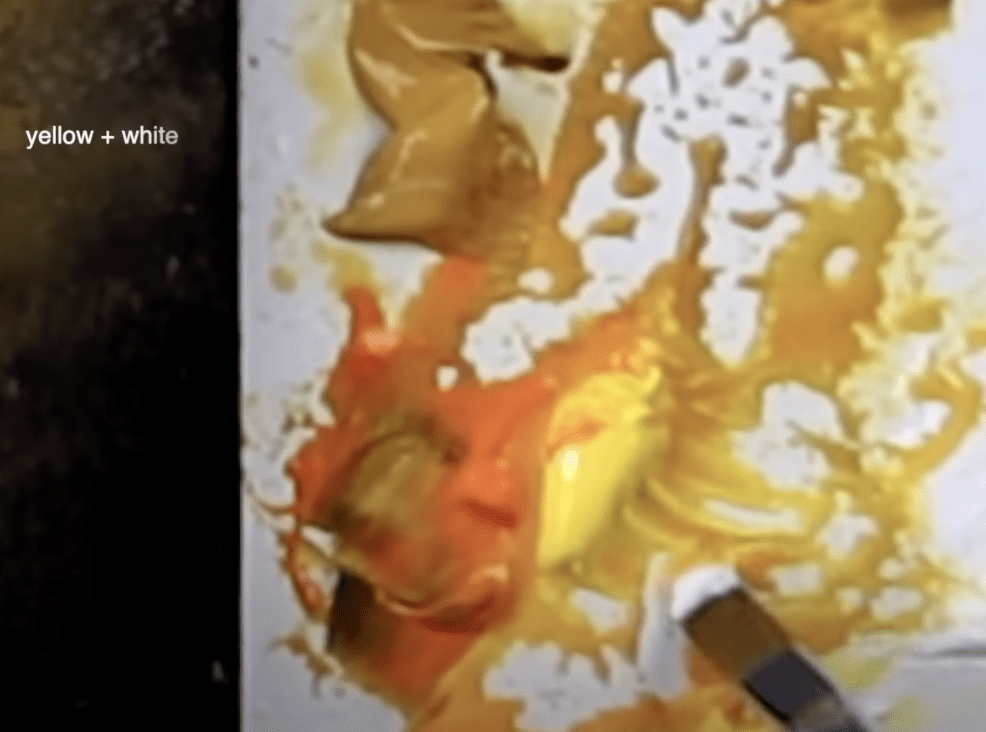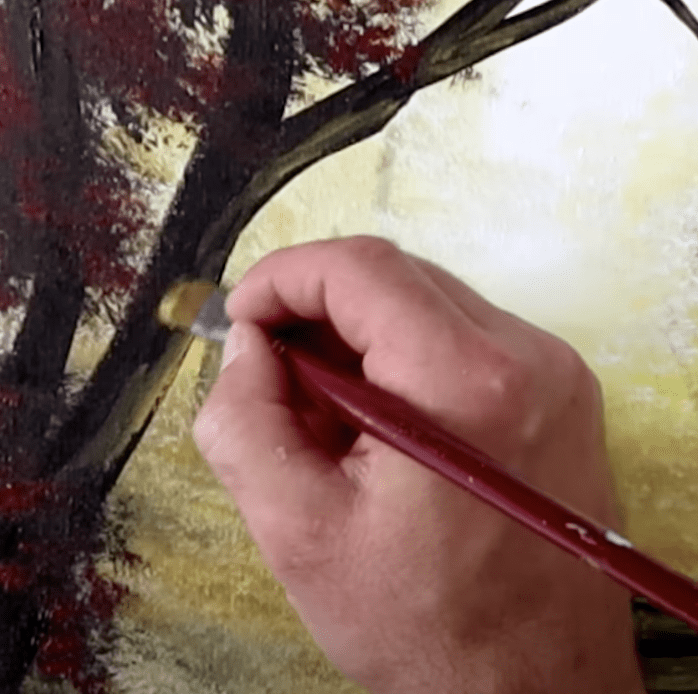URARTSTUDIO
June 9, 2025
- Loading acrylic paint onto a Filbert paintbrush requires a precise technique to ensure optimal coverage and application on the canvas. The following steps outline the process for achieving the best results.
- Firstly, it is important to prepare the paint. Squeeze a small amount of acrylic paint onto a palette or disposable plate. This will serve as your working surface. It is recommended to start with a small amount of paint and add more as needed to avoid wastage.
- Next, dip the rounded edge of the Filbert paintbrush into the paint. Make sure to coat the bristles evenly, allowing the paint to saturate the brush for a smooth application. Be careful not to submerge the brush too deep, as this may result in excess paint accumulating near the ferrule.
- Once the bristles are loaded with paint, it is time to apply it to the canvas. Hold the brush with a firm grip and gently sweep it across the canvas using controlled strokes. This method helps distribute the paint smoothly, ensuring even coverage and desired blending effects. Experiment with different brush strokes and pressures to achieve the desired artistic effect.
- After completing your painting session, it is essential to clean the brush thoroughly. Acrylic paint can dry quickly and harden, potentially damaging the bristles if left unwashed. Rinse the brush with warm water, gently massaging the bristles to remove any residual paint. For stubborn paint, you may use a mild soap or brush cleaner. Once clean, reshape the bristles and allow the brush to air dry or use a towel to blot excess water.
- By following these steps, artists can optimize the loading of acrylic paint onto a Filbert paintbrush. This technique ensures optimal coverage, smooth application, and desired blending effects. Remember, proper brush care is crucial to maintain the quality of the brush and preserve the integrity of subsequent colors. Incorporate these techniques into your artistic practice to enhance your painting experience and produce professional-quality results.
- To load two different acrylic colors onto a filbert paintbrush, it is important to follow a systematic approach to ensure a clean and effective result. Start by dipping only one side of the filbert brush into the first acrylic color, making sure to coat the bristles evenly. Then, wipe off any excess paint onto a paper towel or palette. Next, dip the other side of the filbert brush into the second acrylic color and repeat the process, ensuring that the bristles are fully coated but not overloaded. This technique allows for a controlled blending of the two colors when applied to the canvas, creating depth and dimension in your artwork. Remember to clean the brush thoroughly after each use to maintain its integrity and prevent color contamination.
- In conclusion, by following a systematic approach to loading two different acrylic colors onto a Filbert paintbrush, you can achieve clean and effective results in your artwork. Taking the time to coat the bristles evenly and prevent paint overload will allow for controlled blending on the canvas, resulting in depth and dimension. Remember to clean your brush thoroughly after each use to maintain its integrity and prevent color contamination.










Leave a Reply
You must be logged in to post a comment.